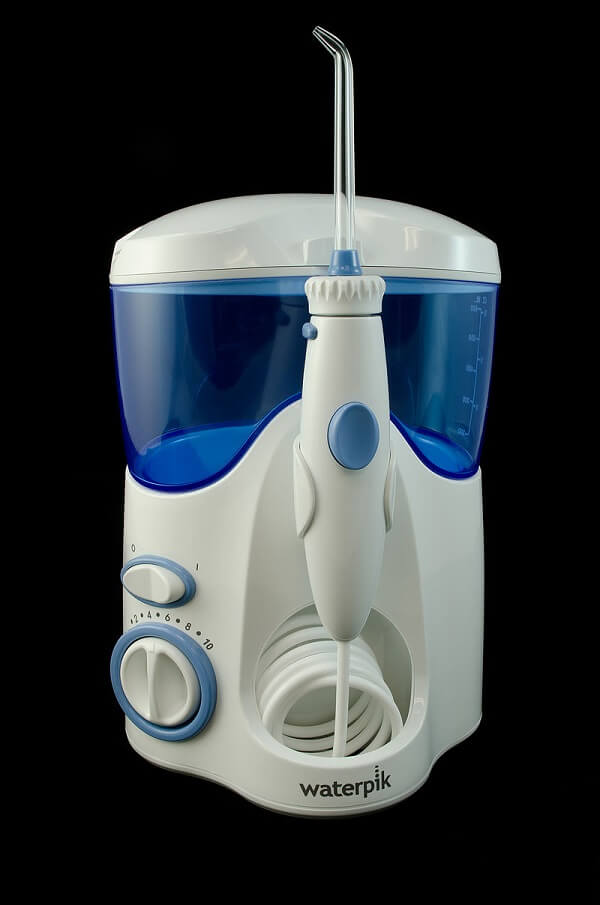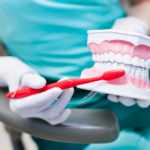What’s an Interdental Cleaner and Why Do I Need One?
Dental floss and oral irrigators are two common types of interdental cleaners. As you probably guessed by the name, interdental cleaners remove debris and plaque that can get stuck in between your teeth. This is extremely important for preventing cavities and gum disease.
Flossing Can be Painful and Inconvenient
The most common type of interdental cleaner is dental floss. It’s extremely effective at cleaning the interdental region when used correctly on a daily basis. Unfortunately, many people don’t like to floss for the following reasons:
- It’s painful
- They find it difficult to reach all parts of their mouth
- It’s not easy to hold the floss
- They don’t think it’s necessary to floss if they brush thoroughly
- It takes too much time
- It can make your gums bleed
Even though many people realize that flossing is important, studies demonstrate that “only 35 percent of patients occasionally use dental floss and only 2 to 15 percent floss daily.”
The Reviews are in–Oral Irrigators are Gentle and Effective
The original oral irrigator is called Waterpik, and it was invented in 1962. Sometimes oral irrigators are also referred to as water flossers or dental water jets. Whatever you call them, oral irrigators are a gentle and effective alternative to flossing.
Researchers have discovered that oral irrigators have become a popular type of interdental cleaner for many reasons:
- Gentle on the gums
- Easy to use for people with braces
- Cleans out deep pockets for people with gum disease
- Reduces the thickness and toxicity of plaque on teeth
- Decreases rates of gingivitis
- Simple to use
- Safe to use around dental implants
Fighting Gum Disease with Interdental Cleaners
Gum disease is a major threat to your smile which is caused by bacteria in your mouth. This bacteria feeds on plaque and tartar. Plaque is the gooey film that develops on your teeth after you eat something.
If you don’t remove plaque by brushing and using an interdental cleaner, it can harden and become tartar, the rough substance that your dental hygienist scrapes off your teeth during your regular cleanings.
Gum disease afflicts over 47 percent of Americans over the age of thirty. If not effectively treated, gum disease can wreak havoc on your smile and it can eventually cause your teeth to fall out. Many patients report that they don’t floss regularly because it hurts or causes bleeding. Guess what? These are two major indicators that a patient has gum disease. Symptoms of gum disease include:
- Loose teeth
- Constant bad taste in your mouth
- Teeth no longer fit together when you bite down
- Teeth slide around
- Red, swollen, and sensitive gums
- Bad breath
- Gums pull away from teeth, making teeth look larger
- It hurts to chew
- Teeth fall out
Visit Your Dentist in Manhattan
At PerioNYC, we’re experts at treating gum disease. So please contact us right away to schedule an appointment if you are suffering from any of the above symptoms of gum disease.



